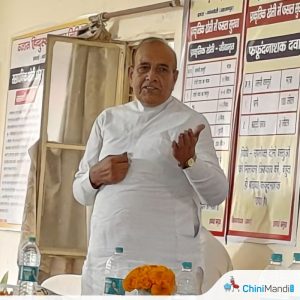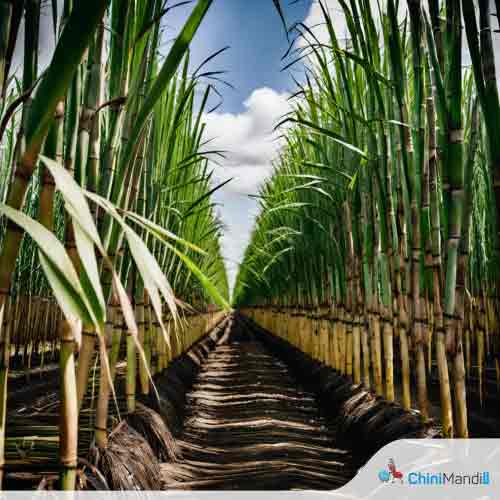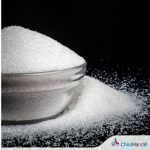Red rot, referred to as the ‘cancer’ of the sugarcane crop, usually spreads during the rainy season. It is a fungal attack caused by the fungus Colletotrichum Falcatum. The infected sugarcane shows a progression in leaf colour change from green to orange and then to yellow in the third or fourth leaf. Then the leaves start drying from bottom to top.
Cane scientists and experts opine that the disease primarily affects the ‘Co 0238’ variety of sugarcane, the high-yielding sugar variety which revolutionised sugar production in Uttar Pradesh.
On Wednesday, there were reports of Red Rot resurfacing in the Terai region, promoting officials of the UP cane department to initiate district-wide meetings.
 Katar Singh, a sugarcane farmer from Saharanpur, Uttar Pradesh, said that since ‘Co 238’ is more vulnerable to the disease, farmers are opting for other sugarcane varieties. He said that there are fewer incidences of Red Rot in his area. “Farmers have become aware of this disease. They are leaving no stones unturned to protect their crop from Red Rot. I feel the worst is behind us as the cane crop in this area is of better health,” Singh said.
Katar Singh, a sugarcane farmer from Saharanpur, Uttar Pradesh, said that since ‘Co 238’ is more vulnerable to the disease, farmers are opting for other sugarcane varieties. He said that there are fewer incidences of Red Rot in his area. “Farmers have become aware of this disease. They are leaving no stones unturned to protect their crop from Red Rot. I feel the worst is behind us as the cane crop in this area is of better health,” Singh said.
National Sugar Institute, Kanpur, the country’s premier sugarcane research institute, has been at the forefront of promoting cane development.
 Dr. Seema Paroha, Director, NSI Kanpur said that cases of Red Rot are arresting and it would be comparatively less. “The area of Co 0238 is gradually reducing from 90 to 55%. The farmers are replacing Co 238 with other sugarcane varieties,” Dr Paroha said.
Dr. Seema Paroha, Director, NSI Kanpur said that cases of Red Rot are arresting and it would be comparatively less. “The area of Co 0238 is gradually reducing from 90 to 55%. The farmers are replacing Co 238 with other sugarcane varieties,” Dr Paroha said.
She further elaborated on the key measures that sugarcane farmers should adopt to avoid Red Rot from affecting sugarcane crop. “Removal of affected clumps, drenching of Bleaching powder on removal place, soil treatment by Trichoderma, crop rotation and seed treatment,” she stated.












